This year more than ever (since he’s not getting any younger), we are determined to get our 4-year old, Bergen, swimming independently. He loves the water, interest and enjoyment is no problem at all, but he needs more explicit practice and experience to get some basic water safety skills in place.
We’re seeing that as he gains independence as a little person, he has the mindset that he can “do it all”, which is why learning to swim is so important at this age. We live in Seattle, a city with water everywhere we turn from the beaches of Puget Sound to all of our lakes, and even the streams and creeks that we explore, so it’s a must that Bergen have at least a basic idea of what to do if he were to get in water over his head.
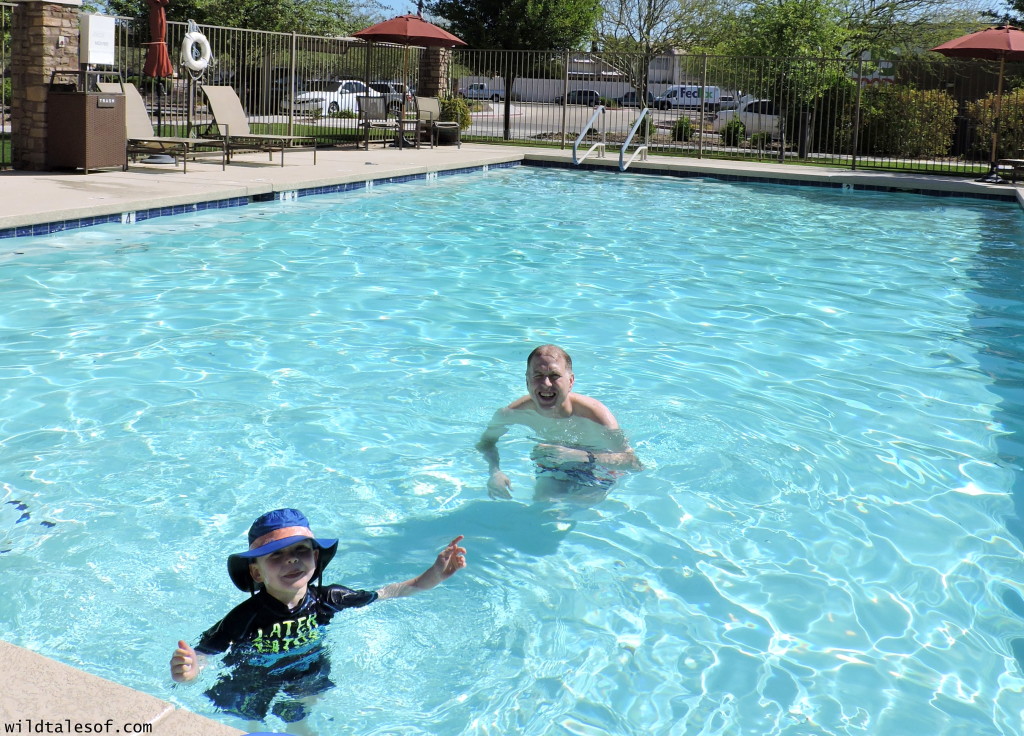
We also have some “water-heavy” travels on our calendar this year. Not only are those destinations (Hayden Lake, Idaho, Washington’s Kitsap Peninsula, Maui, and more) so much more fun and engaging when you know how to swim, it’s prudent and necessary to have water survival skills to really experience them in full and to be safe.
To prepare, Bergen (Georgia (16 months) is tagging along too with an introductory parent-child class) began taking swim lessons with British Swim School this month! Full Disclosure: The British Swim School, a franchise organization that partners with independent swimming pools and fitness clubs to operate classes and teach water safety, contacted us to see if we’d be interested in trying out some lessons and share our experience on the blog. Bergen is starting out in the “Minnow” level, where he’ll learn basic water safety skills and survival skills, such as back float and a basic stroke to get him to the side of the pool.
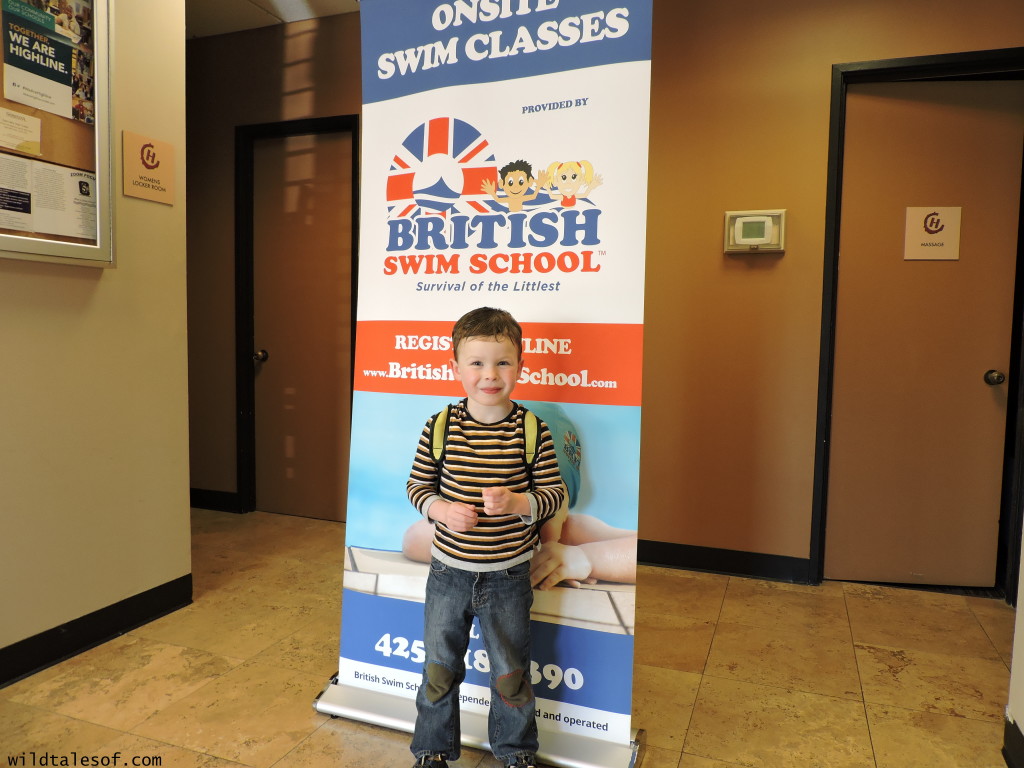
Swimming Safety Tips
We’ve learned A LOT in just two weeks of lessons with The British Swim School (BSS) and I’ve been so impressed with their teaching approach that I wanted to pass along a few quick tips from our recent experience.
-
Adult Supervision
Whether at the pool (even with lifeguards around), the beach, or other natural body of water, it’s so important for adults to communicate and have an understanding of who is “in charge”of the children while they are swimming and playing. BSS makes a point of designating a “water watcher“, and it reminded me of when my whole family got together for a beach vacation in the North Carolina’s Outer Banks. We took turns being the one to watch, especially the young non-swimmers, the children playing at the water’s edge.
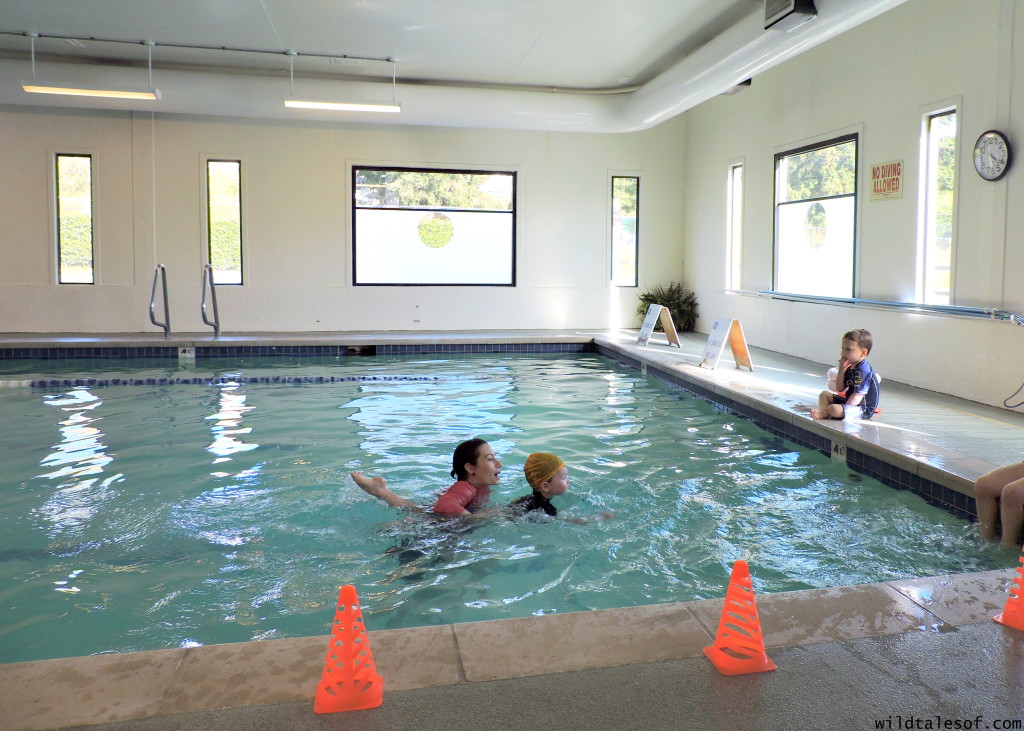
-
Back Float: Ultimate Water Survival Skill
When I taught swim lessons in high school and college, I learned about the importance of teaching my students to float on their backs, but somehow over the years, I actually forgot about this huge water safety skill! I’m so glad that the teachers are BSS brought it back to my attention. The back float is explicitly taught so that if Bergen were to find himself in deep water or become distressed and tired, he can easily flip onto his back, BREATHE, and rest.
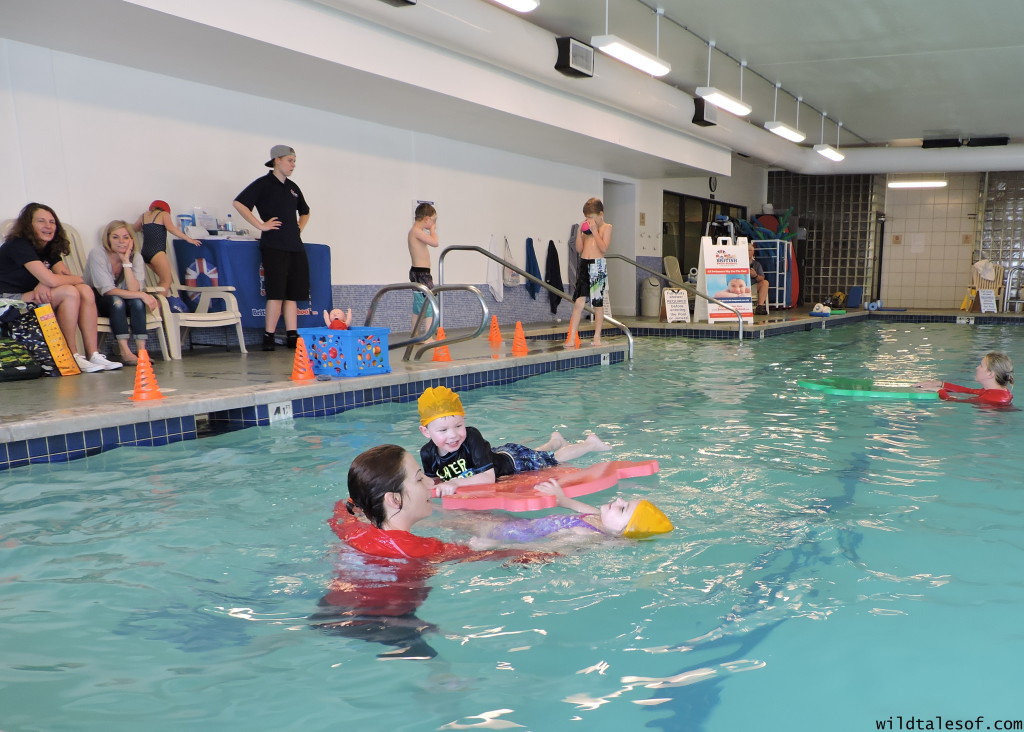
-
Practice, Practice, Practice
One more takeaway from our experience with lessons so far is that repetition is KEY with teaching children to learn how to swim. The BSS teachers work swiftly to provide opportunity after opportunity for each child to practice the basic water safety skills, and with only 4 kids (sometimes less) in each class, that’s a lot of practice! In Bergen’s Minnow class the skills they are mostly focused on are back float and a basic crawl stroke. They practice in typical ways like pushing off the wall or jumping into the pool, but they also set-up fun and exciting scenarios such as falling off a floating pad after singing a silly song!
How old were you and/or your children when you learned how to swim? Anything specific that helped move you or your children into swimmers? We’d love to hear about your experiences! If you’re interested to see if BSS offers lessons in your area, here’s the link for all the locations available.
Come join the conversation! You can keep up to date with each and every post by subscribing to the blog via email. We’d also love to have you join us on all of our adventures by “liking” our facebook page and following us on twitter! If you enjoyed this post, please “like it”, “tweet it” or “pin it”!
As I mentioned in the body of the post, British Swim Lessons is providing us with complementary swim lessons as well as sponsoring a series of Water Safety posts in exchange for our coverage. However all opinions expressed here are my own! Questions? Don’t hesitate to email me! I’d love to hear from you: wildtalesof@gmail.com
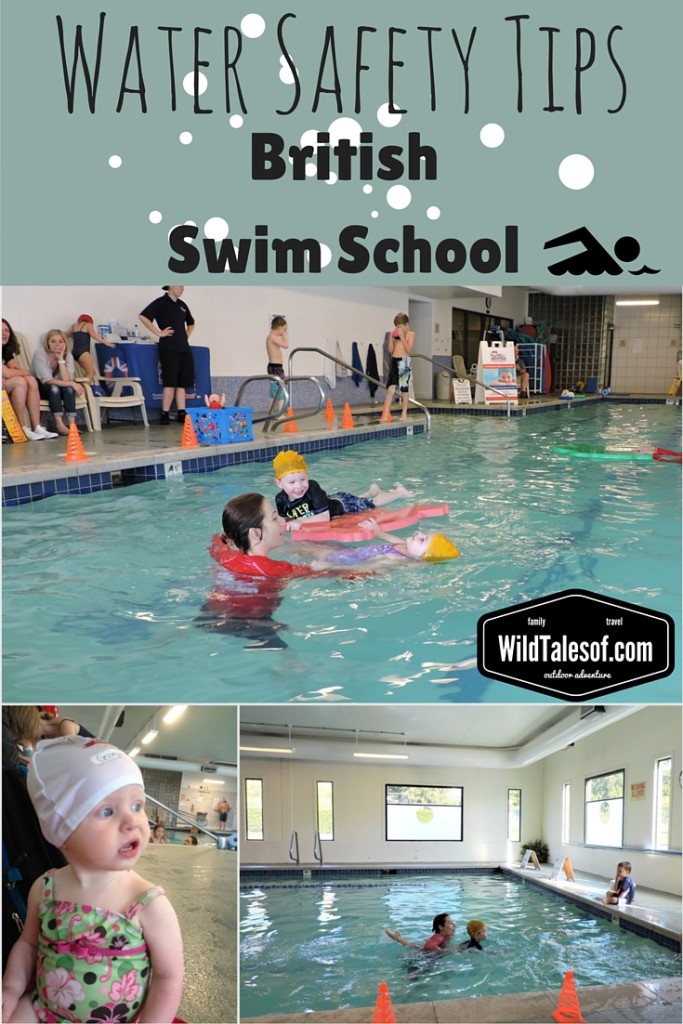
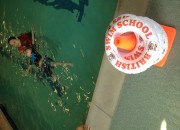 5 Reasons Why Kids Need Swim Lessons
5 Reasons Why Kids Need Swim Lessons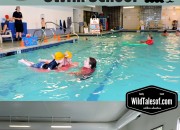 3 Things We Love about British Swim School
3 Things We Love about British Swim School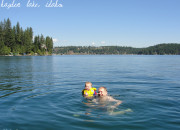 Fun at the Lake with Toddlers: Safer and Easier Swimming
Fun at the Lake with Toddlers: Safer and Easier Swimming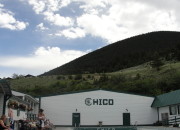 Kicking Back at Paradise Valley, Montana’s Chico Hot Springs
Kicking Back at Paradise Valley, Montana’s Chico Hot Springs
Great tips! I love the idea of designating a “water watcher”, and taking turns. That way you don’t get zoned out and everyone stays safe!
Thanks, Jennifer! Yes–just like lifeguards need to take breaks, so do parents/caretakers of young children. Thanks so much for stopping by the blog!
My youngest (6) is in swim classes, too! I’m amazed how quickly they pick up good swim skills! Just curious, where on the Kitsap Peninsula will you be visiting? I’m based out of Kitsap County!
Nice! I’m hoping it won’t take him to pick up a basic crawl stroke to get him to the edge of the pool, plus the back float, of course!
We’re headed to Scenic Beach State Park for some camping in late summer–so excited! We visited over New Years & scoped out our favorite spot. So pretty there!
So pretty there!